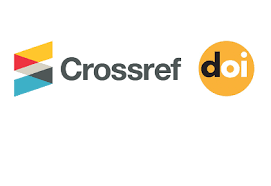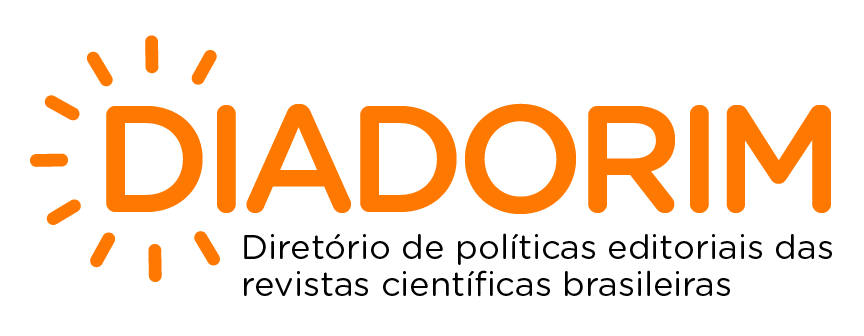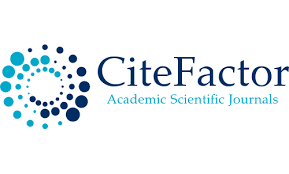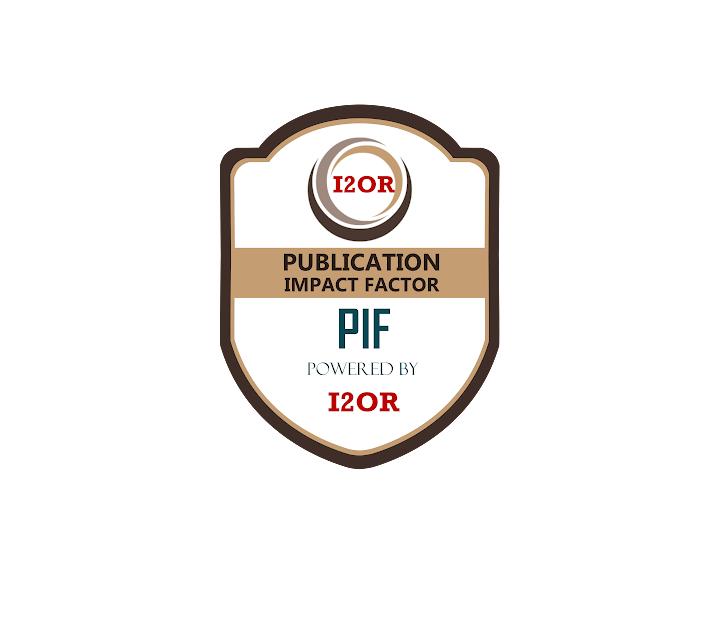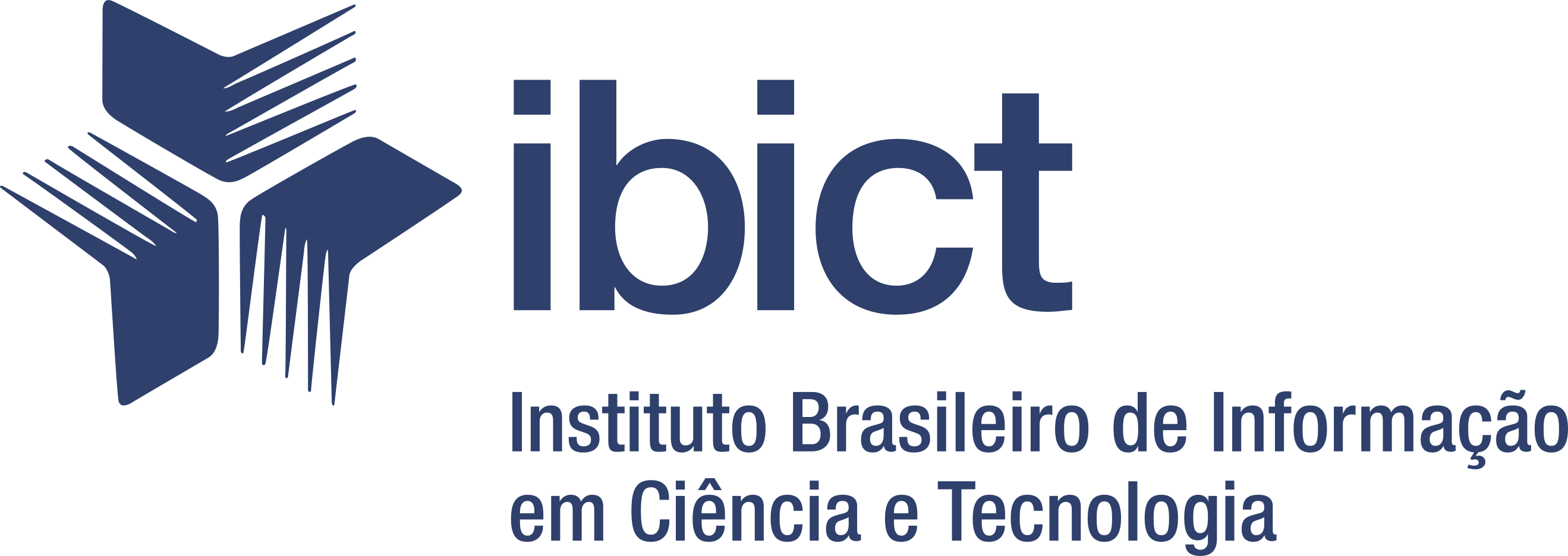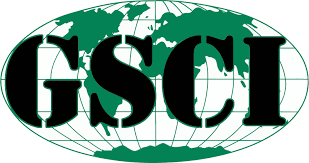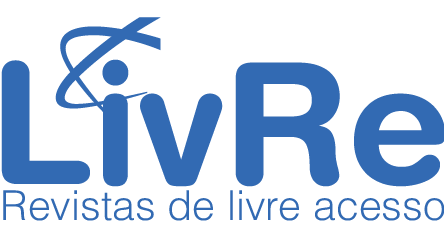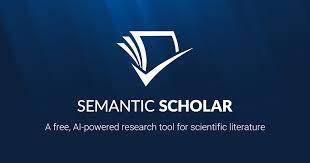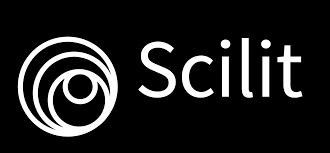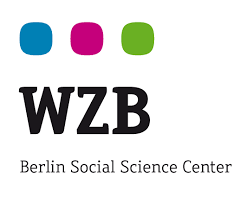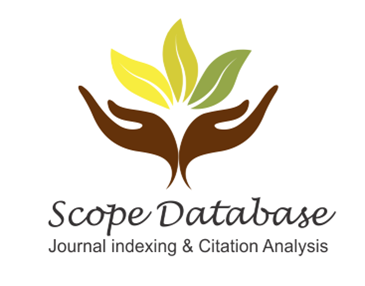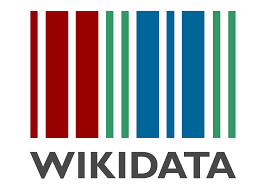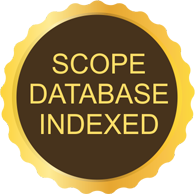NURSING CARE PROCESS IN A PATIENT WITH HEMOPHILIA TYPE A - CLINICAL CASE REPORT
DOI:
https://doi.org/10.70187/recisatec.v4i2.371Keywords:
Hemophilia A. Factor VIII. Risk factors. Complications. Prevalence. Nursing care.Abstract
Hemophilia A is a genetic or orphan disease of low prevalence, since its occurrence is considered singular and lacks therapeutic options, depending on the severity of hemophilia should be subjected to different treatments, either prophylaxis or on demand. These have affected the population for decades, being one of the most important hemorrhagic diseases and with the highest morbidity and mortality worldwide, it is an alteration in the coagulation cascade, directly affecting factor VIII, preventing hemostasis in the face of possible bleeding; these can occur in different body areas, the most vulnerable being the joints and muscles. We present the case of a 10-year-old male patient diagnosed with severe hemophilia A who was treated with Octanate, a complex coagulant anti-inhibitor, activated Eptacog alfa and Emicizumab, with the role of nursing being a fundamental axis to achieve the objective of improving the patient's quality of life.
Downloads
References
García Sánchez P, Martín Sánchez J, Rivas Pollmar MI, Álvarez Román MT, Jiménez Yuste V. Haemophilia: Reasons for visits to the paediatric emergency department. An Pediatr [Internet]. 2019;91(6):394–400 [citado 26 de marzo de 2023]. Disponible en: https://sci-hub.se/10.1016/j.anpedi.2019.04.017 DOI: https://doi.org/10.1016/j.anpede.2019.04.011
Casas Patarroyo CP, Agudelo López CDP, Galvez K, Lagos Ibarra J, Martínez Rojas S, Ibatá Bernal L. Importancia de la orientación diagnóstica en hemofilia A adquirida. Rev Med Chil.[Internet] 2019;147(3):334–41[citado 26 de marzo de 2023]. Disponible en: https://sci-hub.se/10.4067/S0034-98872019000300334 DOI: https://doi.org/10.4067/S0034-98872019000300334
Alviz-Amador A, Tarón-Dunoyer A, Díaz-Caballero A. Quality of life of hemophiliac patients and satisfaction with theirprophylactic treatment in Colombia. Avft. [Internet]2022;40(9):895–901[citado 26 de marzo de 2023]. Disponible en: https://www.proquest.com/docview/2634591014/fulltextPDF/AC8F4BB4F640DBPQ/4?accountid=61870&parentSessionId=zqsMtZtTTnfRxrIjwO9jUrrUVdCD7GEag9srVo7Mjxo%3D
Garagiola I, Mortarino M, Siboni SM, Boscarino M, Mancuso ME, Biganzoli M, et al. X Chromosome inactivation: a modifier of factor VIII and IX plasma levels and bleeding phenotype in Haemophilia carriers. Eur J Hum Genet [Internet]. 2021;29(2):241–9 [citado 26 de marzo de 2023]. Disponible: http://dx.doi.org/10.1038/s41431-020-00742-4 DOI: https://doi.org/10.1038/s41431-020-00742-4
Casas C, Hernández S, Helena Solano M, Castiblanco R, Carrillo A. Experiencias de mujeres frente al cuidado de hijos diagnosticados con hemofilia. Iatreia. [Internet] 2018;31(2):145–54 [citado 26 de marzo de 2023]. Disponible en: https://sci-hub.se/10.17533/udea.iatreia.v31n2a03 DOI: https://doi.org/10.17533/udea.iatreia.v31n2a03
Chaudhury A, Sidonio R, Jain N, Tsao E, Tymoszczuk J, Oviedo Ovando M, et al. Women and girls with haemophilia and bleeding tendencies: Outcomes related to menstruation, pregnancy, surgery and other bleeding episodes from a retrospective chart review. Haemophilia. [Internet] 2021;27(2):293–304 [citado 26 de marzo de 2023]. Disponible en: https://sci-hub.se/10.1111/hae.14232 DOI: https://doi.org/10.1111/hae.14232
Martínez-Sánchez LM, Álvarez-Hernández LF, Ruiz-Mejía C, Jaramillo-Jaramillo LI, Builes-Restrepo LN, Villegas-Álzate JD. Hemofilia: abordaje diagnóstico y terapéutico. Rev Fac Nac Salud Pública.[Internet] 2018;36(2):85–93 [citado 26 de marzo de 2023]. Disponible en: https://www.proquest.com/docview/2138062916/E3E39708D46F4287PQ/20?accountid=61870&parentSessionId=froYycVM8EZhgIN%2Bw7bLGrnyjc712GkEtYHluFNGuas%3D
Beny K, de Vigneulles B du S, Carrouel F, Bourgeois D, Gay V, Negrier C, et al. Haemophilia in France: Modelisation of the Clinical Pathway for Patients. Int J Environ Res Public Health.[Internet] 2022;19(2) [citado 26 de marzo de 2023]. Disponible en: https://www.proquest.com/docview/2621294514/fulltextPDF/3A3E2F25F9E048A8PQ/45?ac
Jiménez-Yuste V, Álvarez Román MT, Mingot-Castellano ME, Fernández Mosteirin N, Mareque M, Oyagüez I. Análisis de costes del tratamiento para pacientes con hemofilia A con inhibidor en España. Pharmacoeconomics - Spanish Res Artic [Internet]. 2018;15(1–4):25–34 [citado 26 de marzo de 2023]. Disponible en: https://sci-hub.se/10.1007/s40277-018-0080-y DOI: https://doi.org/10.1007/s40277-018-0080-y
Abdi A, Eckhardt CL, van Velzen AS, Vuong C, Coppens M, Castaman G, et al. Treatment-related risk factors for inhibitor development in non-severe hemophilia A after 50 cumulative exposure days: A case-control study. J Thromb Haemost. [Internet] 2021;19(9):2171–81 [citado 26 de marzo de 2023]. Disponible en: https://sci-hub.se/10.1111/jth.15419 DOI: https://doi.org/10.1111/jth.15419
Soto V, Morales MM, Morales P, Oyarzún A, Cortez D, González M. Sinoviortesis con radioisótopos en hemofilia: Experiencia de un centro en Chile. Rev Med Chil. [Internet]2019;147(5):568–73 [citado 26 de marzo de 2023]. Disponible en: https://sci-hub.se/10.4067/S0034-98872019000500568 DOI: https://doi.org/10.4067/S0034-98872019000500568
Camacho RG, Román MTÁ, Coll NB, Zagrean D, Pollmar IR, Salces MM, et al. Acquired Haemophilia A: A 15-Year Single-Centre Experience of Demography, Clinical Features and Outcome. J Clin Med. [Internet] 2022;11(10) [citado 26 de marzo de 2023]. Disponible en: https://www.proquest.com/docview/2670187222/fulltextPDF/E3E39708D46F4287PQ/17?accountid=61870&parentSessionId=V5RsXWc60KFydKYSwrufatszcpJHDdm0yM5yWY8BL%2FQ%3D
Stoffman J, Andersson NG, Branchford B, Batt K, D’Oiron R, Escuriola Ettingshausen C, et al. Common themes and challenges in hemophilia care: a multinational perspective. Hematol (United Kingdom). [Internet] 2019;24(1):39–48 [citado 26 de marzo de 2023]. Disponible en: https://sci-hub.se/10.1080/10245332.2018.1505225 DOI: https://doi.org/10.1080/10245332.2018.1505225
Chozie NA, Gatot D, Sudarmanto B, Susanah S, Purnamasari R, Widjajanto PH, et al. FVIII inhibitor surveillance in children with hemophilia A in Indonesia: a report from the Indonesian Pediatric Hematology-Oncology Working Group. Blood Res. [Internet]2022;57(4):272–7 [citado 26 de marzo de 2023]. Disponible en: https://www.ncbi.nlm.nih.gov/pmc/articles/PMC9812731/pdf/br-57-4-272.pdf DOI: https://doi.org/10.5045/br.2022.2022153
Li Z, Chen Z, Liu G, Cheng X, Yao W, Huang K, et al. Low-dose immune tolerance induction alone or with immunosuppressants according to prognostic risk factors in Chinese children with hemophilia A inhibitors. Res Pract Thromb Haemost. [Internet] 2021;5(5):1–12 [citado 26 de marzo de 2023]. Disponible en: https://www.proquest.com/docview/2560977288/fulltextPDF/616BB3D766364D9EPQ/7?accountid=61870
Casas C, Sossa C, Linares A, Omaña-Orduz O, Peña Á, Solano M. Terapia secuencial: una opción en el paciente hemofílico que no responde al manejo con monoterapia con agentes puente, estudio observacional del GrHeCol (Grupo Hemofilia Colombia). Iatreia. [Internet] 2018;31(2):125–32 [citado 26 de marzo de 2023]. Disponible en: https://www.proquest.com/docview/2138049069/378D3637B1F2457FPQ/6?accountid=61870&parentSessionId=XRuiQeVRR1IDe6OA1upHLAwIV28IolulWiu7YNoEUbE%3D
Hoefnagels JW, Kars MC, Fischer K, Schutgens REG, Schrijvers LH. The perspectives of adolescents and young adults on adherence to prophylaxis in hemophilia: A qualitative study. Patient Prefer Adherence. [Internet] 2020;14:163–71 [citado 26 de marzo de 2023]. Disponible en: https://www.proquest.com/docview/2356331634/fulltextPDF/3A3E2F25F9E048A8PQ/56?accountid=61870 DOI: https://doi.org/10.2147/PPA.S232393
Rangarajan S, Walsh L, Lester W, Perry D, Madan B, Laffan M, et al. AAV5–Factor VIII Gene Transfer in Severe Hemophilia A. N Engl J Med. [Internet] 2017;377(26):2519–30 [citado 26 de marzo de 2023]. Disponible en: https://sci-hub.se/10.1056/NEJMoa1708483 DOI: https://doi.org/10.1056/NEJMoa1708483
Gigantesco A, Giuliani and M. Epidemiological data and treatment strategies in children with severe haemophilia in Italy. Ann Ist Super Sanità. [Internet] 2011;47(4):363–72 [citado 26 de marzo de 2023]. Disponible en: https://www.iss.it/documents/20126/0/ANN_20_04_05.pdf
Benton M, Patel AM, Shi L, Monnette A, Hong D, Kruse-Jarres R, et al. Assessing patient and caregiver preferences for treatment of haemophilia A: A discrete choice experiment. Haemophilia. [Internet] 2021;27(4):e479–83 [citado 26 de marzo de 2023]. Disponible en: https://sci-hub.se/10.1111/hae.14185 DOI: https://doi.org/10.1111/hae.14185
Arteaga-Rubiano B, García-Valencia J, Arteaga-Rubiano B, García-Valencia J. Calidad de vida en adultos con hemofilia afiliados a un programa de salud en Medellín, Colombia. Iatreia [Internet]. 2021;34(3):206–15 [citado 26 de marzo de 2023]. Disponible en: https://www.proquest.com/docview/2622709269/81E477DDA9194658PQ/4?accountid=61870
Viteri J, Morales A, Jacome Maribel, Vaca Gabriela, Tub{on Irvin, Rodriguez Valeria, Morales Maria Fernanda VD. Enfermedades Huérfanas. Arch Venez Farmacol y Ter. [Internet] 2020;39(5) [citado 26 de marzo de 2023]. Disponible en: https://www.proquest.com/docview/2478790765/fulltextPDF/577A411322704E6FPQ/10?accountid=61870
Wiley RE, Khoury CP, Snihur AWK, Williams M, Page D, Graham N, et al. From the voices of people with haemophilia A and their caregivers: Challenges with current treatment, their impact on quality of life and desired improvements in future therapies. Haemophilia. [Internet] 2019;25(3):433–40 [citado 26 de marzo de 2023]. Disponible en: https://sci-hub.se/10.1111/hae.13754 DOI: https://doi.org/10.1111/hae.13754
Pacheco CRD, Primo CC, Fioresi M, Sequeira CAD, Nascimento LDN, Lopes AB, et al. Home intravenous infusion: educational technologies for the care of people with hemophilia. Acta Paul Enferm. [Internet] 2022;35:1–10 [citado 26 de marzo de 2023]. Disponible en: https://www.proquest.com/docview/2641056784/fulltextPDF/E3E39708D46F4287PQ/4?accountid=61870&parentSessionId=4sg5FxPwwscEgNLg4k%2FsGBA%2FehlBRbPYU52Q8zIQM3g%3D
Chowdary P, Carcao M, Holme PA, Jiménez-Yuste V, Lentz SR, Møss J, et al. Fixed doses of N8-GP prophylaxis maintain moderate-to-mild factor VIII levels in the majority of patients with severe hemophilia A. Res Pract Thromb Haemost. [Internet] 2019;3(3):542–54 [citado 26 de marzo de 2023]. Disponible en: https://www.proquest.com/docview/2252250632/fulltextPDF/D78C164BA3F84E2BPQ/8?accountid=61870 DOI: https://doi.org/10.1002/rth2.12220
Downloads
Published
How to Cite
License
Copyright (c) 2024 RECISATEC - SCIENTIFIC JOURNAL HEALTH AND TECHNOLOGY

This work is licensed under a Creative Commons Attribution 4.0 International License.
Os direitos autorais dos artigos/resenhas/TCCs publicados pertecem à revista RECISATEC, e seguem o padrão Creative Commons (CC BY 4.0), permitindo a cópia ou reprodução, desde que cite a fonte e respeite os direitos dos autores e contenham menção aos mesmos nos créditos. Toda e qualquer obra publicada na revista, seu conteúdo é de responsabilidade dos autores, cabendo a RECISATEC apenas ser o veículo de divulgação, seguindo os padrões nacionais e internacionais de publicação.








